For wildlife enthusiasts and photography lovers alike, capturing the perfect shot of exotic animals in their natural habitat is a dream come true. Around the world, there are breathtaking locations where the rich biodiversity and stunning landscapes offer unparalleled opportunities for wildlife photography. In this article, we explore 16 of the best exotic wildlife spots, each offering unique and unforgettable experiences. Whether you’re after the majestic big cats of Africa, the colorful birds of the Amazon, or the elusive creatures of the Arctic, these destinations promise incredible photo opportunities that will leave you with memories—and pictures—to last a lifetime.
Svalbard Archipelago, Norway
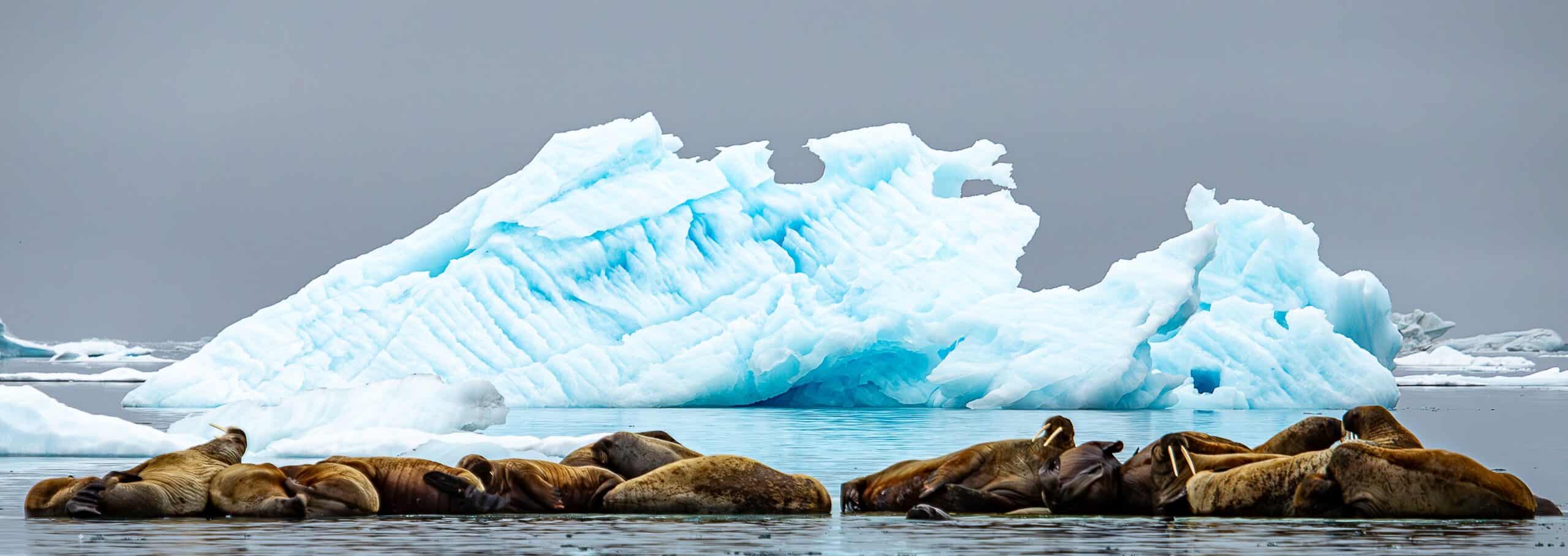
The Svalbard Archipelago, situated in the Arctic Ocean north of mainland Norway, is a wildlife photographer’s dream destination. Known for its dramatic, icy landscapes, Svalbard offers unparalleled opportunities to capture Arctic wildlife in their natural habitat. The region is most famous for its polar bear population, often referred to as the “King of the Arctic.” These majestic creatures roam the frozen tundra, providing awe-inspiring subjects for photography. In addition to polar bears, Svalbard is home to Arctic foxes, walruses, and the unique Svalbard reindeer. The bird cliffs on the archipelago’s islands host large colonies of seabirds, including puffins, Arctic terns, and guillemots. The remote location, pristine environment, and the opportunity to photograph wildlife against stunning backdrops of glaciers and fjords make Svalbard one of the most exotic and sought-after wildlife photography spots in the world.
Antarctic Peninsula
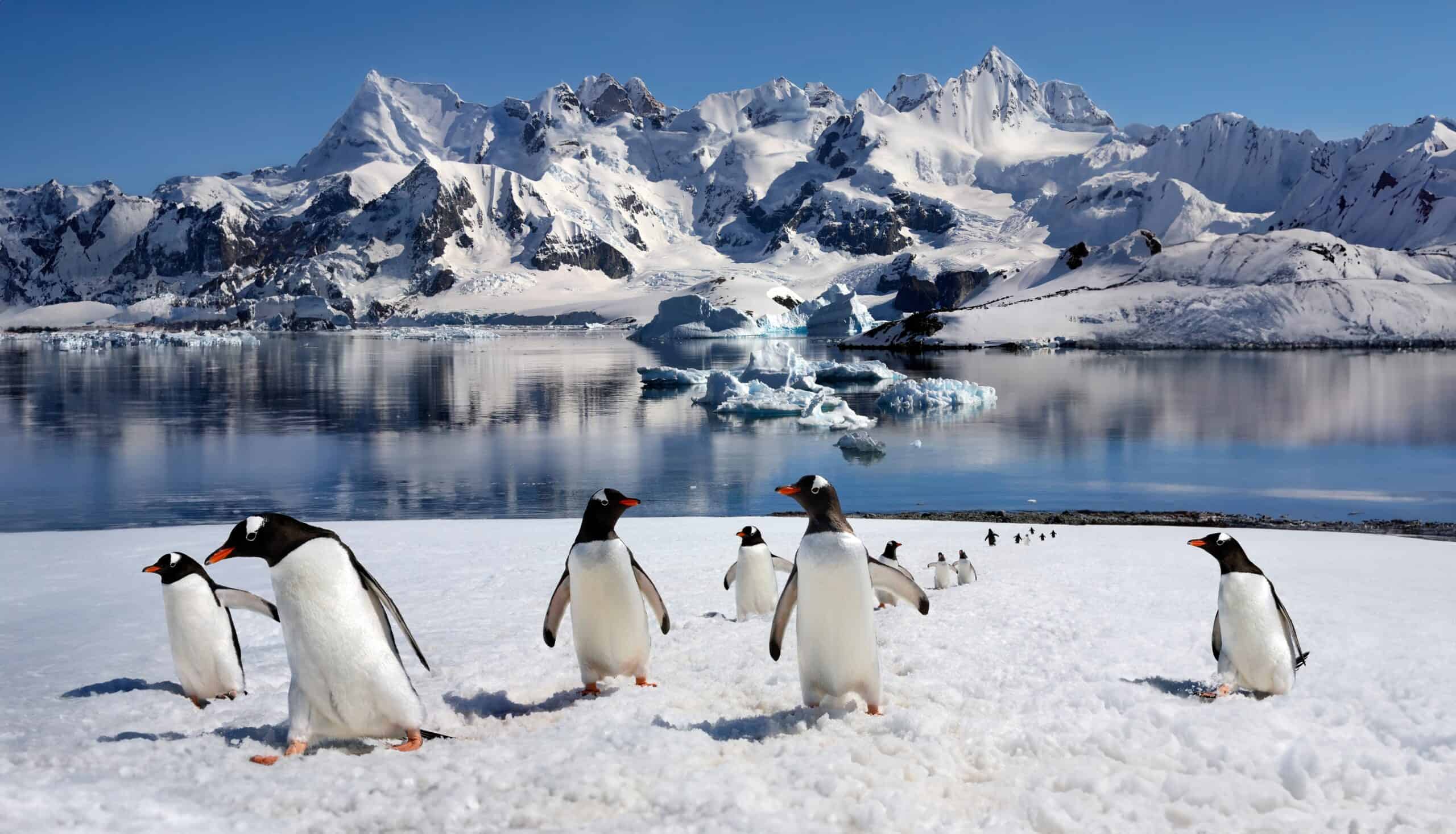
The Antarctic Peninsula, the northernmost part of mainland Antarctica, is an untouched wilderness that offers extraordinary wildlife photography opportunities. The peninsula’s remote and extreme environment is home to vast colonies of penguins, including the iconic Emperor and Gentoo species. Elephant seals and fur seals bask on the ice, while humpback whales breach in the icy waters. The dramatic landscape, characterized by towering icebergs and snow-covered mountains, provides a breathtaking backdrop for capturing the abundant wildlife. Photographers can explore various locations such as the South Shetland Islands and Livingston Island, where the rich biodiversity is on full display. The Antarctic Peninsula’s unique combination of rugged beauty and thriving wildlife makes it a truly exotic destination for photographers seeking to document some of the planet’s most remarkable and resilient species.
Falkland Islands
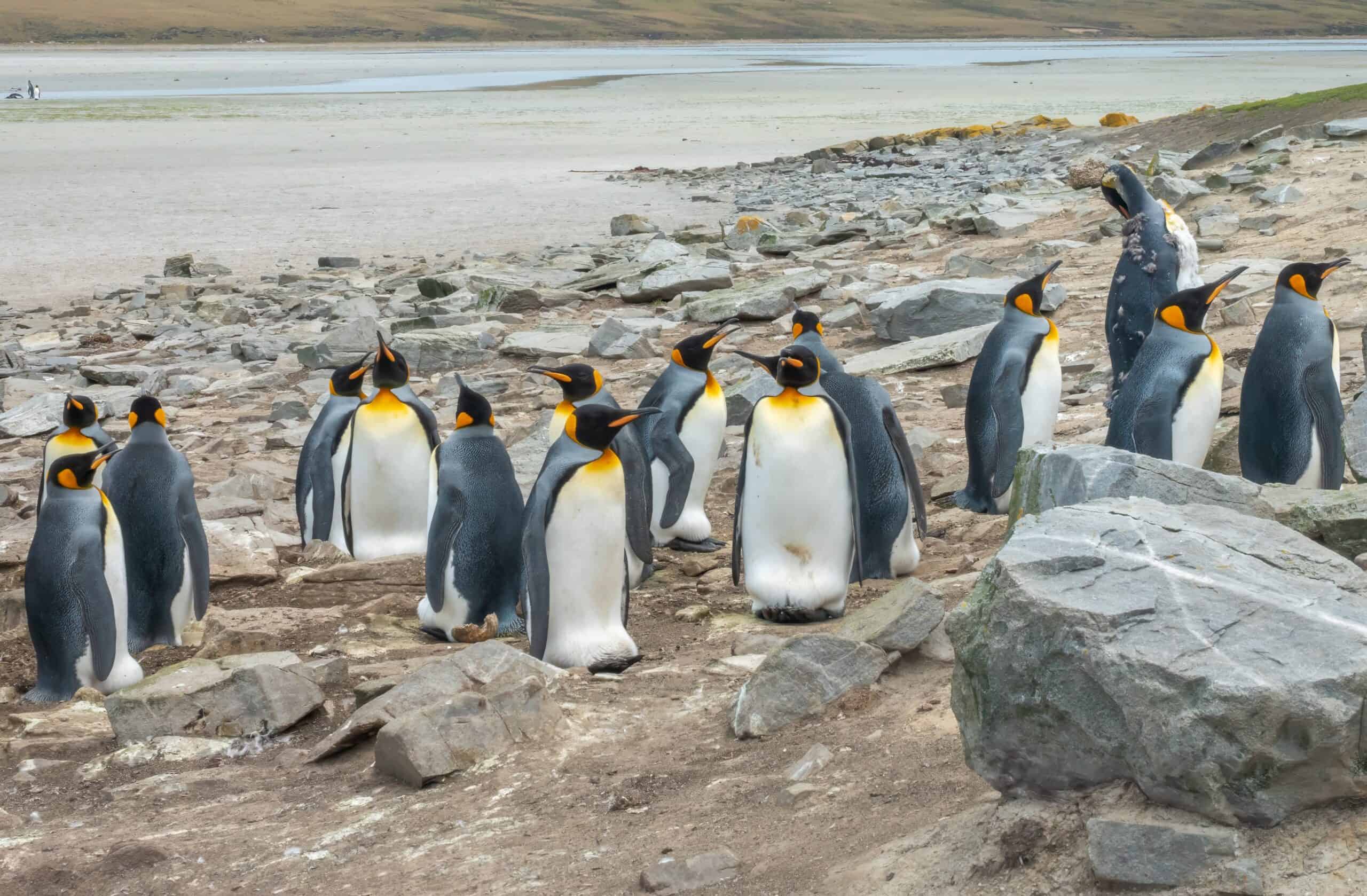
The Falkland Islands, located in the South Atlantic Ocean, are a haven for wildlife photographers, particularly those interested in capturing penguins in their natural habitat. The islands are home to five different species of penguins, including the Rockhopper, Gentoo, and King penguins. The rugged coastlines and expansive beaches provide perfect settings to photograph these fascinating birds as they march across the sands or dive into the ocean. In addition to penguins, the Falklands are also home to large populations of albatrosses, sea lions, and seals, as well as several endemic bird species. The remote location of the Falklands means that the wildlife here is relatively undisturbed, offering photographers the chance to capture intimate and natural behaviors. The combination of diverse wildlife, dramatic landscapes, and the sense of isolation makes the Falkland Islands one of the most exotic wildlife photography destinations in the world.
South Georgia Island

South Georgia Island, a remote and rugged island in the southern Atlantic Ocean, is a wildlife photographer’s paradise. Known for its enormous colonies of King Penguins, the island is home to millions of these majestic birds, creating one of the most spectacular wildlife spectacles on Earth. The island’s beaches are also populated by vast numbers of elephant seals and fur seals, offering incredible opportunities to capture these animals in their natural, undisturbed environment. The island’s mountainous landscape, combined with its wildlife, provides a dramatic setting for photography. South Georgia’s isolation and lack of permanent human residents mean that the wildlife here thrives in an unspoiled environment, making it one of the most exotic and unique locations for capturing wildlife in their natural habitat. For photographers seeking to document the raw beauty of the natural world, South Georgia Island is an unparalleled destination.
Baffin Island, Canada
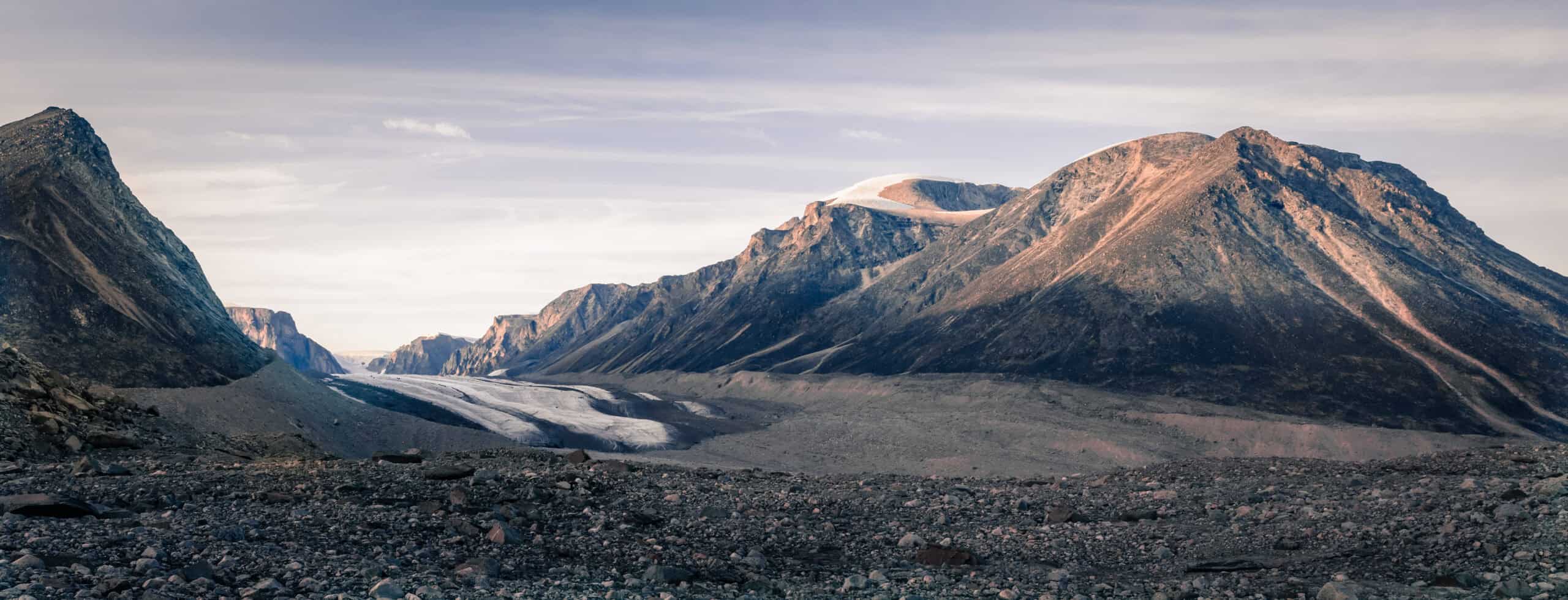
Baffin Island, Canada’s largest island and the fifth-largest in the world, offers some of the most extraordinary opportunities for wildlife photography in the Arctic. This remote and sparsely populated island is home to around 60% of the world’s polar bear population, making it one of the best places on the planet to photograph these majestic creatures in their natural habitat. In addition to polar bears, Baffin Island is home to Arctic foxes, caribou, and the rare tundra grey wolf. The island’s rugged landscape, with its towering mountains and expansive tundra, provides a stunning backdrop for wildlife photography. Bird enthusiasts will also find Baffin Island a paradise, with over 100 species of birds, including falcons, ptarmigans, and puffins, calling the island home. The opportunity to capture such diverse and exotic wildlife in a pristine and untouched environment makes Baffin Island a top destination for photographers seeking the ultimate Arctic experience.
Galapagos Islands, Ecuador
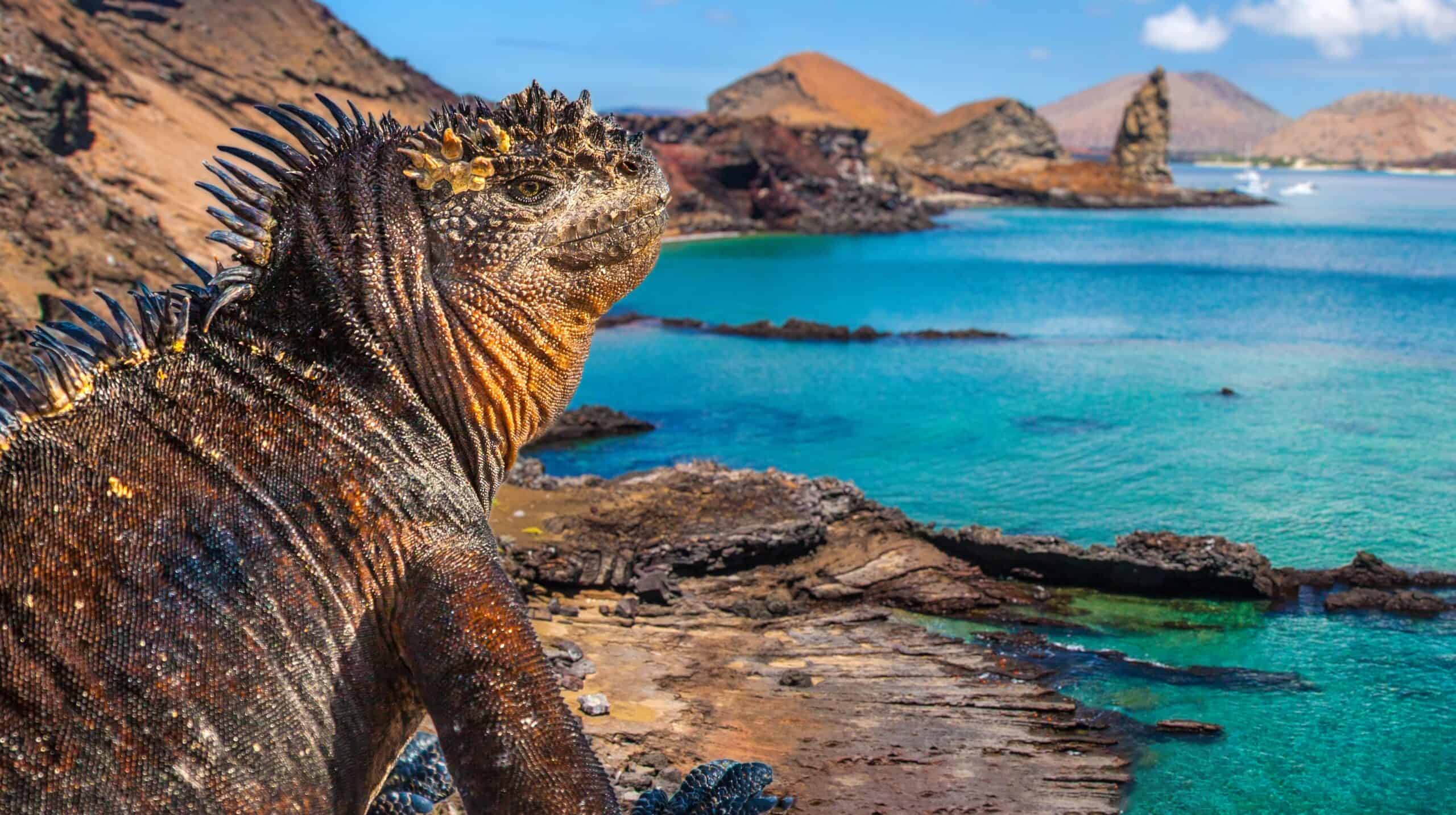
The Galapagos Islands, an archipelago in the Pacific Ocean off the coast of Ecuador, are one of the world’s most unique and biodiverse ecosystems, offering unparalleled opportunities for wildlife photography. The islands are famous for their endemic species, many of which were studied by Charles Darwin and contributed to his theory of evolution. Photographers visiting the Galapagos can capture iconic species such as the giant tortoises, marine iguanas, and blue-footed boobies in their natural habitat. The islands’ diverse landscapes, from volcanic rock formations to lush highlands, provide stunning backdrops for wildlife photography. The marine life around the islands is equally impressive, with opportunities to photograph sea lions, penguins, and a variety of colorful fish and corals while snorkeling or diving. The Galapagos Islands’ unique combination of rare wildlife, dramatic landscapes, and historical significance make them one of the most exotic and sought-after wildlife photography destinations in the world.
Patagonia, Chile/Argentina
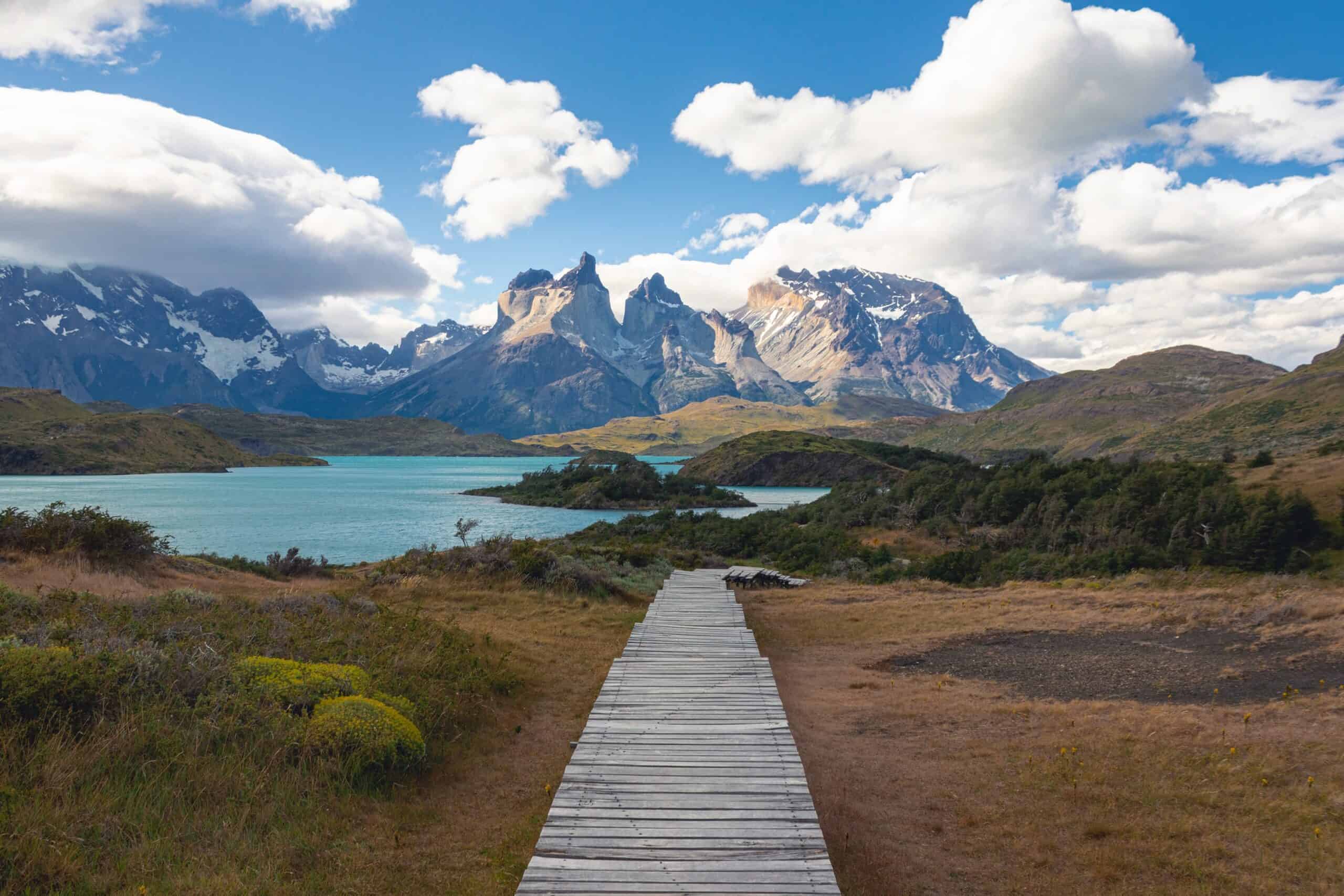
Patagonia, a vast region at the southern tip of South America, straddling both Chile and Argentina, is a wilderness of dramatic landscapes and abundant wildlife. The region is known for its stunning mountain ranges, including the Andes, as well as its expansive grasslands, glaciers, and lakes. Patagonia is home to a variety of wildlife, including the elusive puma, guanacos (relatives of the llama), and the majestic Andean condor. Photographers can capture these animals against the breathtaking backdrop of Patagonia’s rugged terrain, creating images that showcase the raw beauty of one of the world’s last great wildernesses. The region’s remote location and diverse ecosystems make it a paradise for wildlife photographers seeking to document species in their natural habitats, away from the crowds. Patagonia’s combination of awe-inspiring landscapes and rich biodiversity makes it one of the most exotic and rewarding destinations for wildlife photography.
Kodiak Island, USA

Kodiak Island, located off the southern coast of Alaska, is renowned for its large population of Kodiak bears, the largest subspecies of grizzly bears. These massive bears can often be seen fishing for salmon in the island’s rivers and streams, providing photographers with incredible opportunities to capture these powerful animals in action. In addition to bears, Kodiak Island is home to a variety of other wildlife, including Sitka black-tailed deer, mountain goats, and bald eagles. The island’s lush green landscapes, combined with its rich wildlife, make it a stunning location for nature photography. The best time to visit Kodiak Island for bear photography is between July and September, when the bears are most active along the salmon streams. The island’s remote location, abundant wildlife, and dramatic scenery make it one of the most exotic and exciting wildlife photography destinations in North America.
Okavango Delta, Botswana
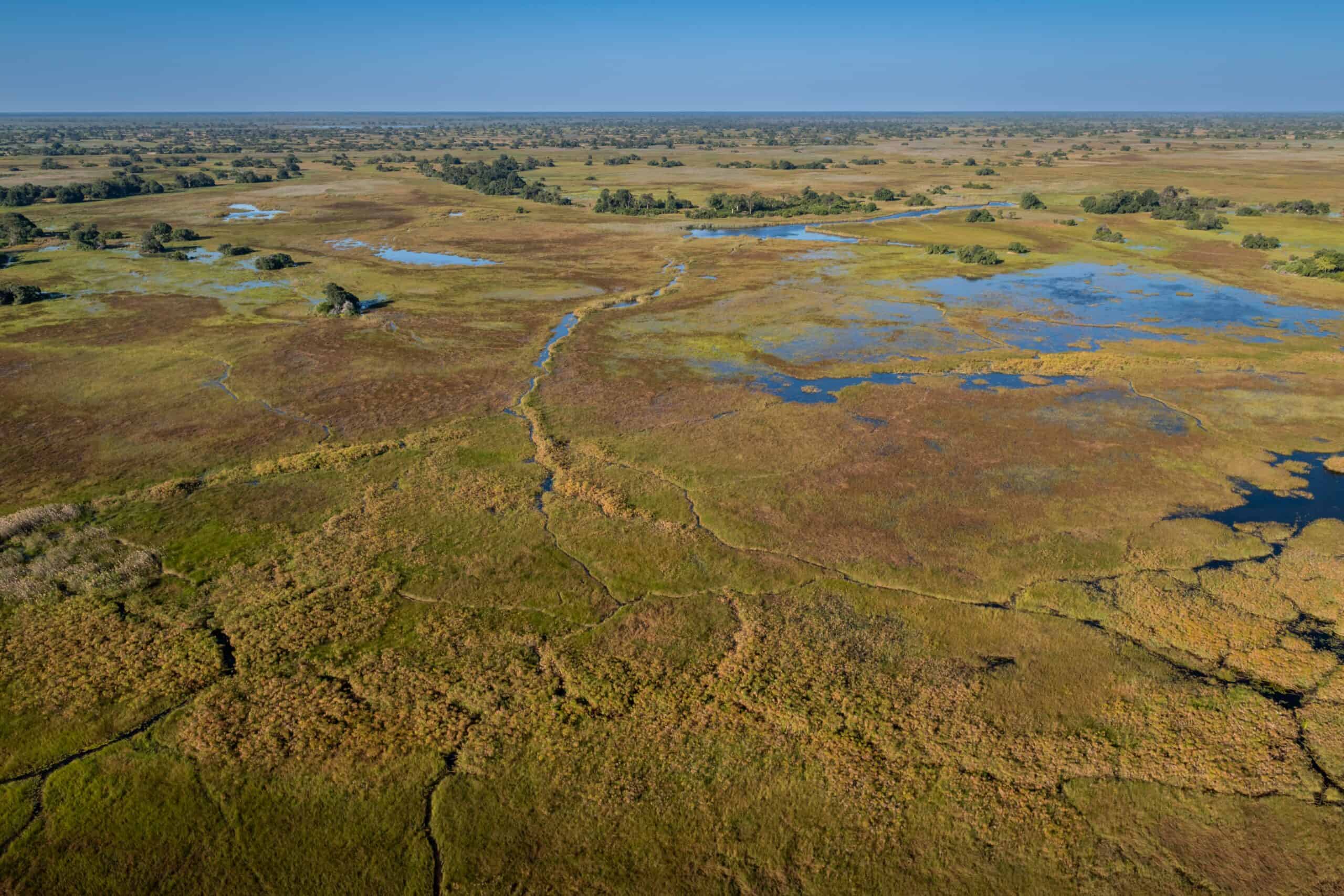
The Okavango Delta in Botswana is one of the most spectacular and unique wildlife habitats in Africa. This vast inland delta, formed by the Okavango River, creates a lush oasis in the middle of the Kalahari Desert, supporting an incredible diversity of wildlife. The delta is home to the “Big Five” game animals—lions, leopards, elephants, buffalo, and rhinoceroses—making it a prime destination for wildlife photographers. In addition to these iconic species, the Okavango Delta is also a haven for birdlife, with over 400 species recorded, including the colorful carmine bee-eaters and the majestic African fish eagle. Photographers can explore the delta by boat or on foot, capturing intimate moments as animals gather around the waterways. The Okavango Delta’s unique combination of rich biodiversity, stunning landscapes, and the chance to photograph wildlife up close makes it one of the most exotic and sought-after destinations for wildlife photography in Africa.
Great Barrier Reef, Australia
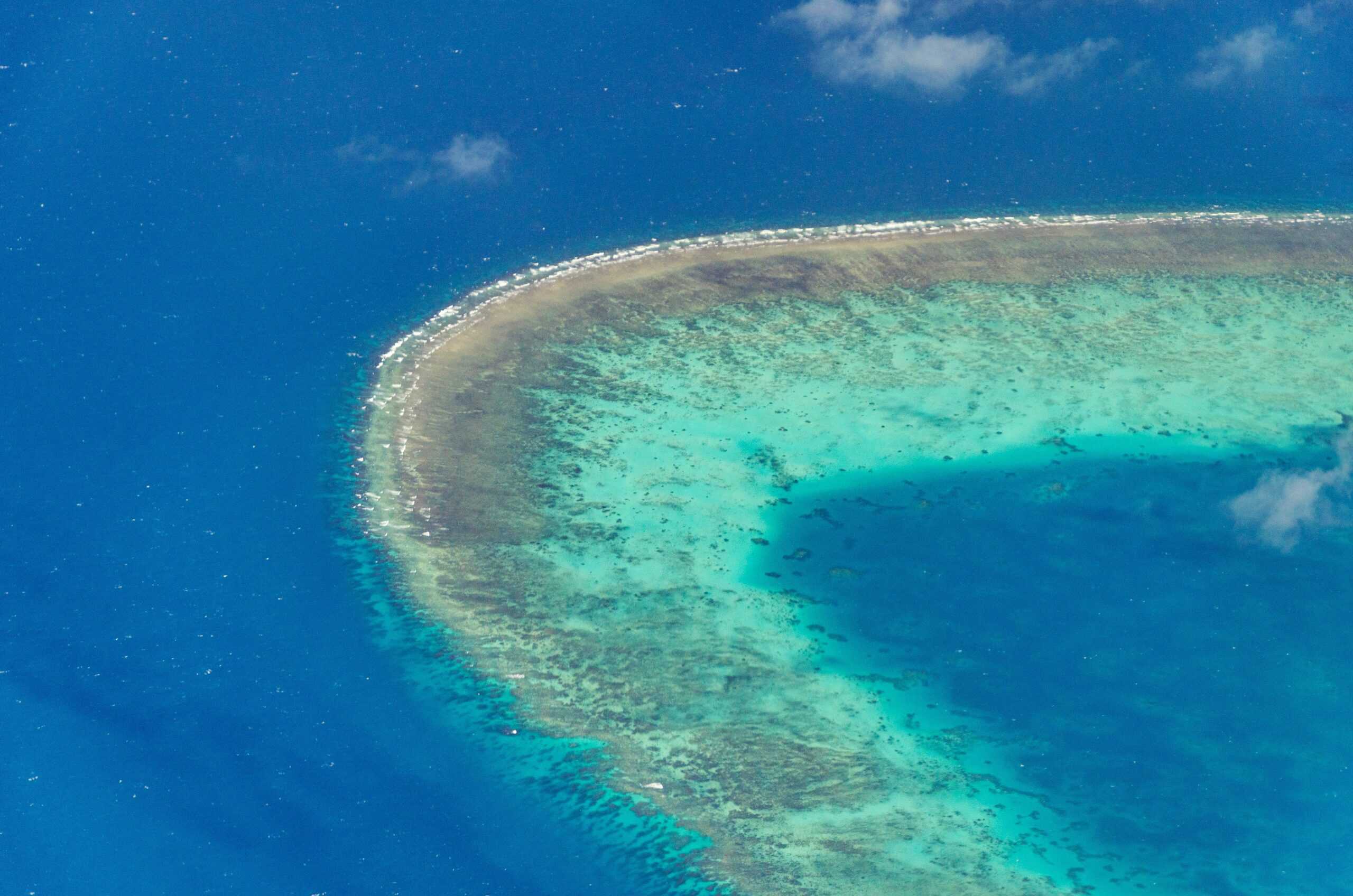
The Great Barrier Reef, located off the coast of Queensland, Australia, is the world’s largest coral reef system and a UNESCO World Heritage site. This underwater wonderland is a paradise for photographers, offering a dazzling array of marine life and vibrant coral formations. The reef is home to thousands of species, including sea turtles, manta rays, sharks, and an incredible variety of colorful fish. Photographers can capture the intricate details of the reef’s coral structures, as well as the graceful movements of its marine inhabitants. The clear, warm waters of the Great Barrier Reef provide excellent visibility for underwater photography, making it an ideal location for capturing the beauty of the ocean’s depths. In addition to its marine life, the Great Barrier Reef also offers stunning landscape photography opportunities, with its turquoise waters and surrounding islands providing breathtaking views. The reef’s combination of biodiversity, color, and underwater landscapes makes it one of the most exotic and visually stunning wildlife photography destinations in the world.
Yellowstone National Park, USA
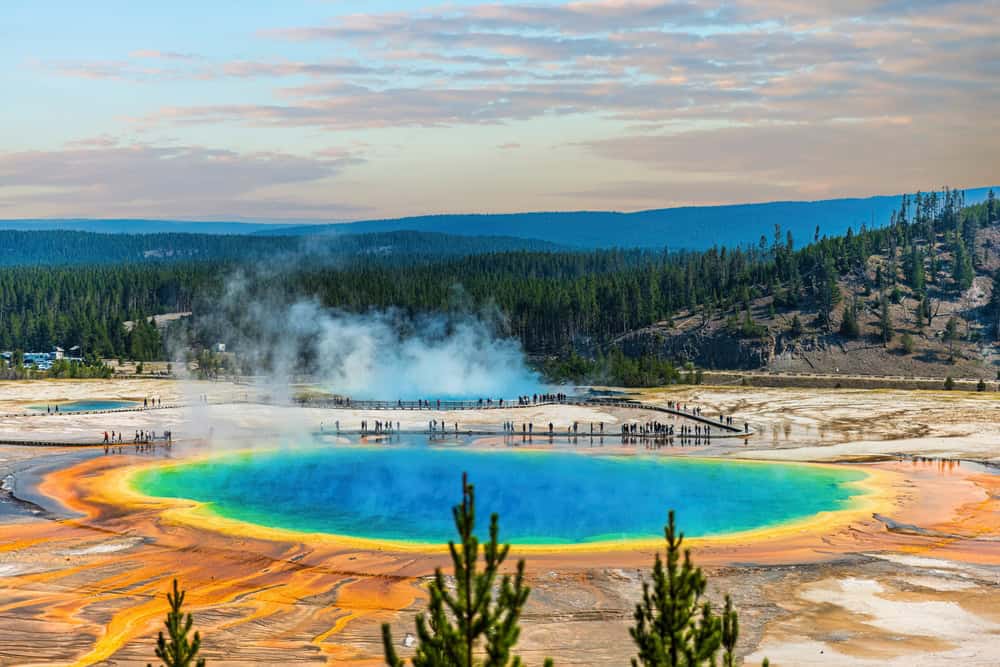
Yellowstone National Park, spanning parts of Wyoming, Montana, and Idaho, is the oldest national park in the world and one of the most iconic wildlife photography destinations in North America. The park’s diverse ecosystems, ranging from vast grasslands to dense forests and geothermal features, support a wide variety of wildlife, including grizzly bears, wolves, bison, and elk. Photographers visiting Yellowstone can capture these animals in their natural habitats, often against the backdrop of the park’s famous geysers and hot springs, such as Old Faithful. The park’s dramatic landscapes, combined with its rich biodiversity, provide endless opportunities for creating stunning wildlife images. The chance to photograph iconic North American species in one of the most scenic and geologically unique locations on Earth makes Yellowstone a must-visit destination for wildlife photographers seeking to document the wild beauty of the American West.
Volcanoes National Park, Rwanda
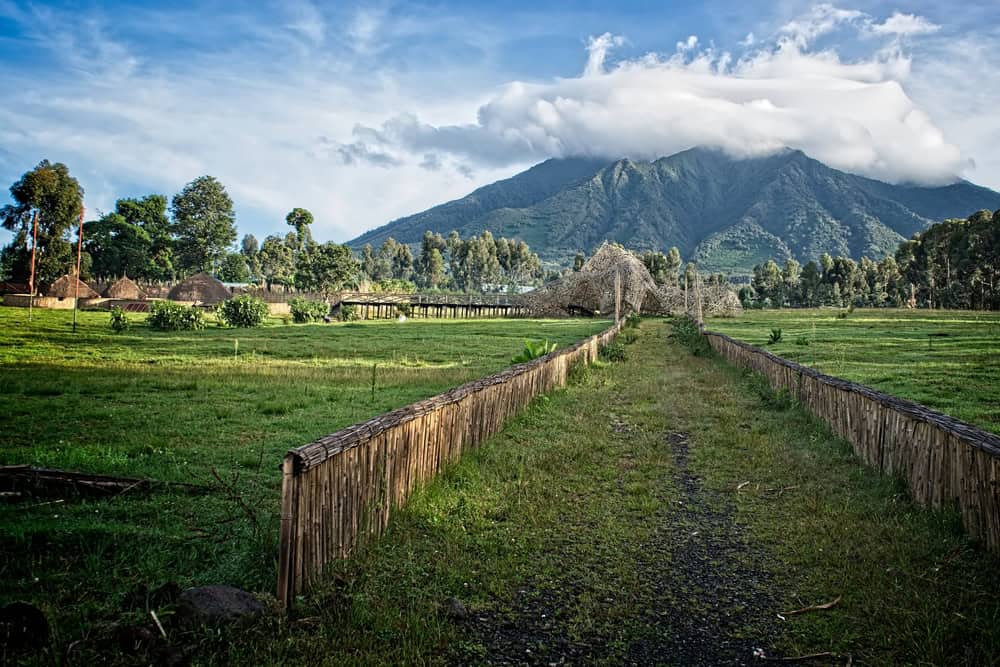
Volcanoes National Park in Rwanda is one of the few places in the world where photographers can capture the endangered mountain gorillas in their natural habitat. This park, located in the Virunga Mountains, is a lush, volcanic landscape that provides a stunning backdrop for wildlife photography. In addition to the mountain gorillas, Volcanoes National Park is home to other primates, such as golden monkeys and black-and-white colobus monkeys. The park’s rich biodiversity also includes a variety of bird species, making it an excellent destination for bird photography as well. The experience of trekking through dense forests to find and photograph these incredible animals is both challenging and rewarding, offering photographers the opportunity to capture intimate and powerful images. Volcanoes National Park’s unique combination of rare wildlife, dramatic landscapes, and conservation significance makes it one of the most exotic and sought-after destinations for wildlife photography.
Borneo, Indonesia
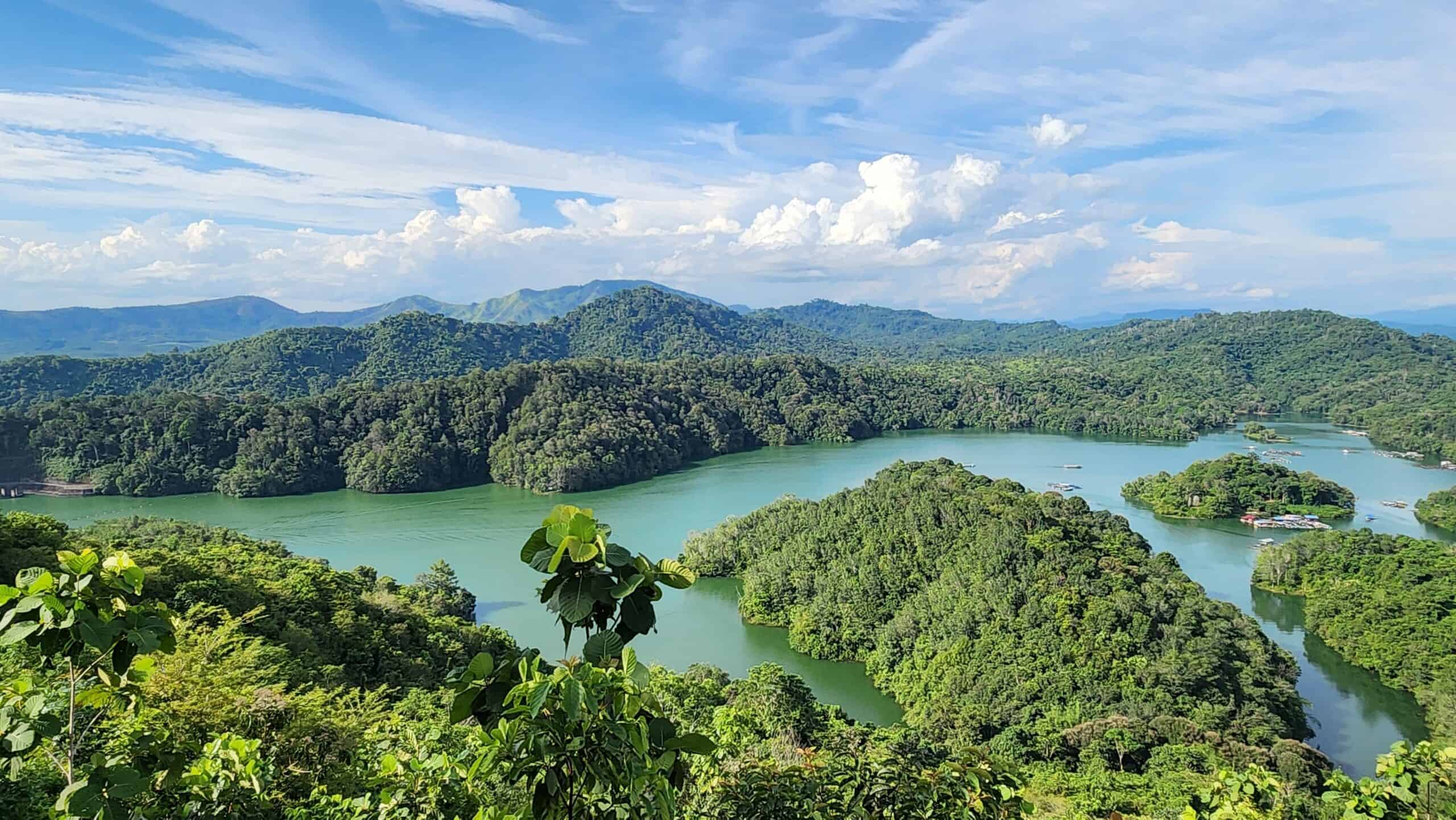
Borneo, the third-largest island in the world, is a treasure trove of biodiversity, offering photographers the chance to capture some of the most unique and endangered species on the planet. The island is home to the iconic orangutan, whose expressive faces and human-like behaviors make them fascinating subjects for photography. Borneo’s dense rainforests are also home to the rare proboscis monkey, known for its distinctive long nose, and the pygmy elephant, the smallest elephant species in the world. The island’s rich birdlife includes the striking Bornean bristlehead and various species of hornbills. Underwater, Borneo’s coral reefs teem with colorful marine life, providing additional opportunities for stunning photography. The combination of lush rainforests, rare wildlife, and vibrant marine ecosystems makes Borneo one of the most exotic and diverse wildlife photography destinations in Southeast Asia.
Serengeti National Park, Tanzania
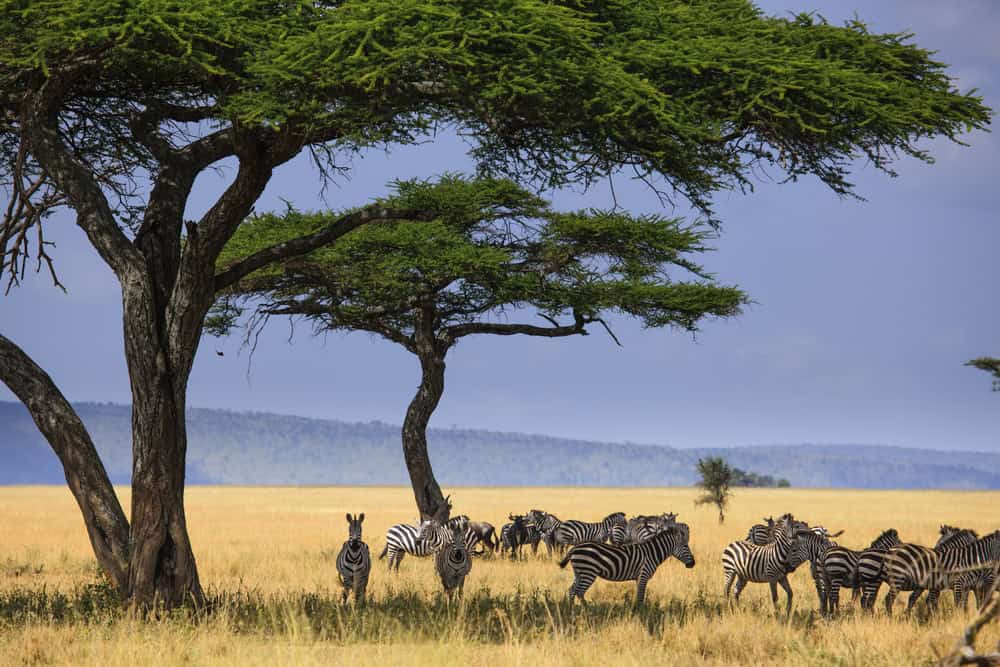
The Serengeti National Park in Tanzania is synonymous with the Great Migration, one of the most spectacular wildlife events on Earth. Each year, millions of wildebeest, zebras, and gazelles traverse the vast plains of the Serengeti in search of greener pastures, providing photographers with incredible opportunities to capture dramatic scenes of wildlife in motion. The park is also home to a high concentration of predators, including lions, cheetahs, and leopards, which can be seen hunting their prey in the open savannah. The diverse ecosystems of the Serengeti, from grassy plains to riverine forests, support a wide variety of wildlife, including elephants, giraffes, and hippos. Bird enthusiasts will also find the Serengeti a paradise, with over 500 species of birds recorded in the park. The chance to witness and photograph the raw power and beauty of nature in one of Africa’s most iconic landscapes makes the Serengeti a top destination for wildlife photography.
Torres del Paine National Park, Chile
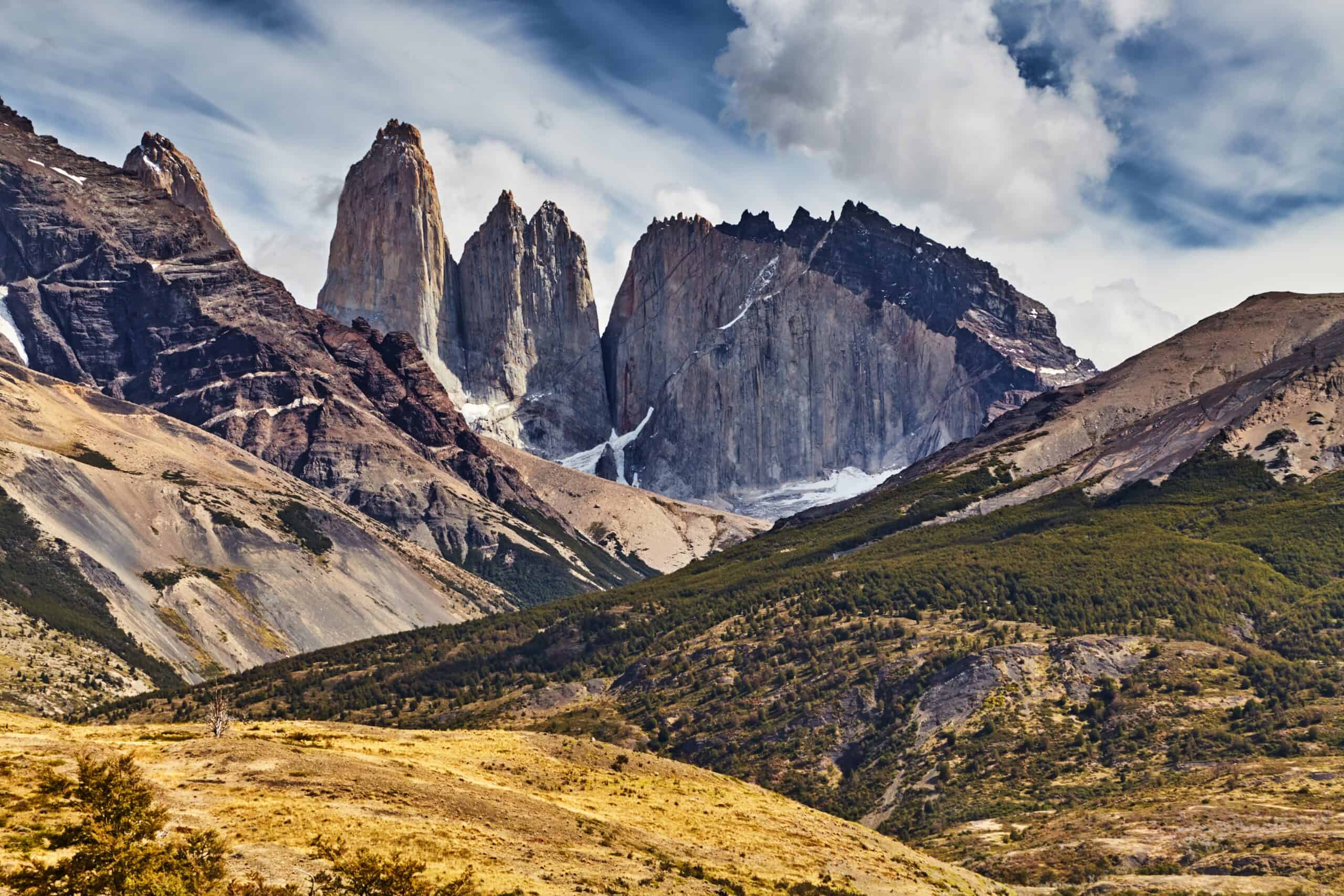
Torres del Paine National Park, located in the Patagonia region of Chile, is a place of breathtaking natural beauty and diverse wildlife. The park is characterized by its dramatic granite peaks, turquoise lakes, and expansive grasslands, providing stunning backdrops for wildlife photography. Within the park, photographers can capture images of the elusive puma, which roams the plains in search of prey. The park is also home to herds of guanacos, Andean condors soaring above the mountains, and a variety of other wildlife, including foxes, rheas, and birds of prey. The remote and rugged landscape of Torres del Paine, combined with its rich biodiversity, makes it one of the most exotic and visually striking destinations for wildlife photography in South America.
Maasai Mara National Reserve, Kenya

The Maasai Mara National Reserve in Kenya is one of the most iconic wildlife photography destinations in Africa. The reserve’s vast savannahs and rolling plains are home to an incredible diversity of wildlife, including lions, leopards, cheetahs, and elephants. The Maasai Mara is perhaps best known for the Great Migration, during which millions of wildebeest, zebras, and gazelles traverse the plains in search of fresh grazing lands. This annual event provides photographers with unparalleled opportunities to capture dramatic scenes of wildlife in action, from river crossings teeming with crocodiles to predator-prey interactions on the open plains. The golden light of sunrise and sunset in the Maasai Mara adds a magical quality to photographs, creating images that are both striking and evocative. The reserve’s combination of iconic wildlife, stunning landscapes, and the opportunity to witness one of nature’s greatest spectacles makes it one of the most exotic and sought-after destinations for wildlife photography.
This article originally appeared on Rarest.org.
More from Rarest.org
Hollywood is known for its glitz and glamour, but not every big-budget film becomes a blockbuster hit. Some movies, despite having huge production budgets, star-studded casts, and extensive marketing campaigns, fail to capture audience interest and recoup their costs. Read more.



